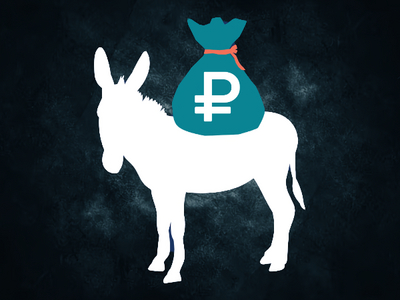Bank of Russia Classifies Money Mules
The Bank of Russia has categorized money mules—intermediaries who help fraudsters withdraw stolen funds—into three groups based on their roles: depositors, transit agents, and cashers. Additionally, the regulator divided them into two groups based on their awareness of their involvement: knowing and unknowing participants.
Three Categories of Money Mules
- Depositors: Responsible for depositing cash received from couriers into accounts or cards specified by the organizers.
- Transit Agents: Receive money on their cards and then transfer it to other accounts using details provided by the organizers.
- Cashers: Have the most complex role. They receive money on their cards and withdraw it from ATMs. Afterward, they either hand over the cash to the next couriers or transport the money themselves to other regions to continue the money laundering chain.
Awareness Levels Among Money Mules
- Knowing Participants: These individuals knowingly take part in such operations, although they often do not realize they are engaging in illegal activity. For example, they may rent out their own accounts and cards to fraudsters.
- Unknowing Participants: These people are used “in the dark.” Criminals involve them by chance, such as through fake mistaken transfers, or by opening accounts and cards in their names using personal data obtained illegally.
According to analytical documents from the Bank of Russia, which were obtained by RIA Novosti, there are about 700,000 money mules in Russia.
New Platform to Combat Money Mule Activity
In December 2024, the Bank of Russia announced the creation of a centralized platform designed to combat the activities of money mules.



